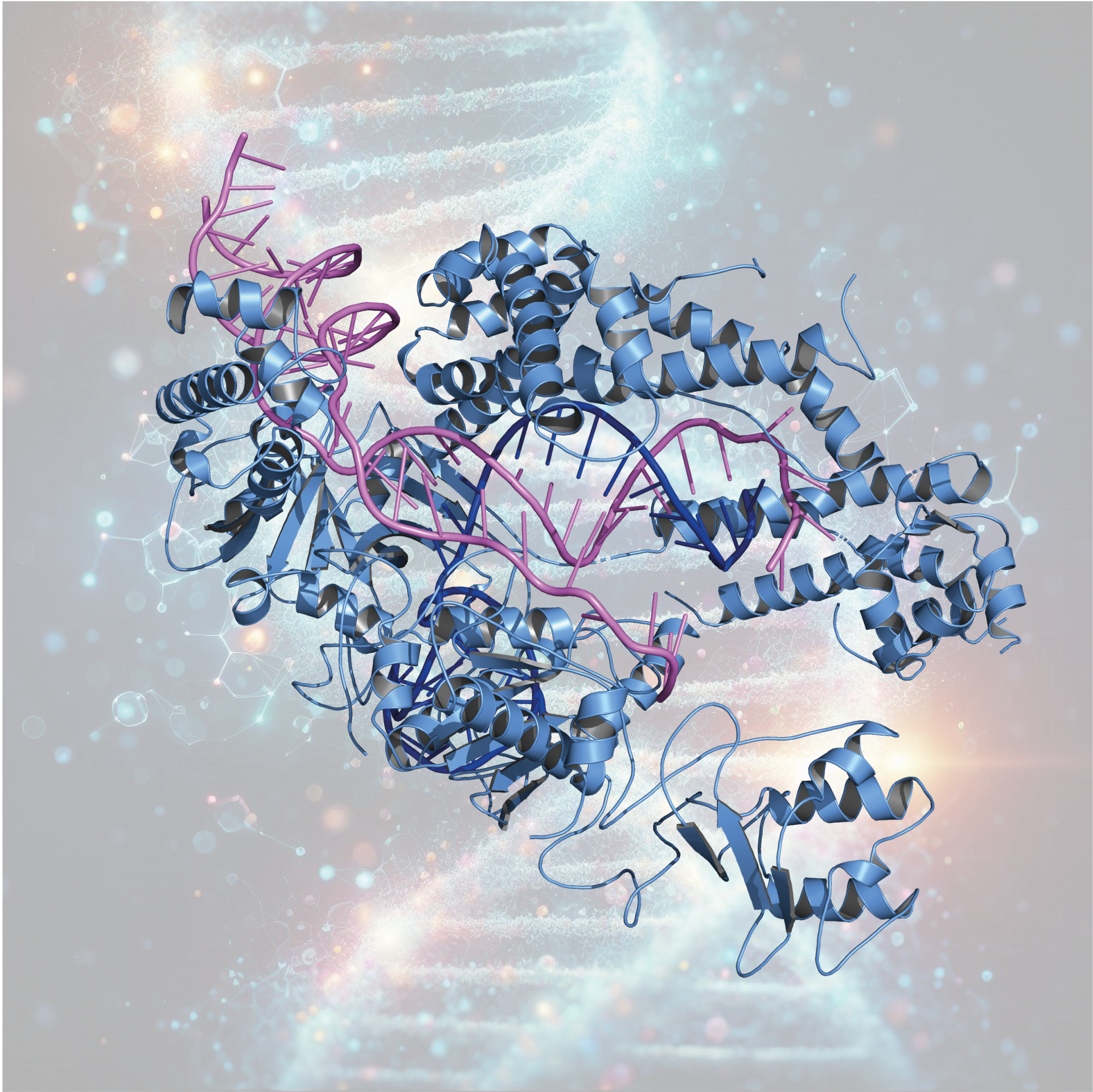CIC bioGUNE leads the development of ReChb, the most advanced and versatile gene editing tool to date

Scientists at CIC bioGUNE have created ReChb, a CRISPR tool that enables more flexible and precise nucleic acid editing thanks to ancestral sequence reconstruction (ASR)
This advance, recently published in Nature Biotechnology, has the potential to revolutionise nucleic acid editing, improving applications in biomedicine, gene therapy and molecular diagnostics
An international team of scientists, led by BRTA member Centre for Cooperative Research in Biosciences (CIC bioGUNE), in collaboration with the Biophysika Institute of the University of the Basque Country and the Helmholtz Institute for RNA-based Infection Research (HIRI) in Germany, has reached an important milestone in gene editing and biotechnology.
Under the direction of Raúl Pérez-Jiménez, Ikerbasque Research Professor and leader of the Synthetic Biology group at CIC bioGUNE, a new CRISPR tool called ReChb has been developed. This tool extends the capabilities of the existing Cas12a nucleases, offering greater versatility and precision in the editing and detection of nucleic acids. This advance is possible thanks to the ancestral sequence reconstruction (ASR) technique, which allows the redesign of proteins from billions of years ago.
ReChb differs from natural or modified Cas12a variants in that it is not constrained by specific PAM DNA sequences, allowing it to edit previously inaccessible regions of the genome. In addition, it has the unique ability to recognise and process both DNA and RNA, broadening its range of applications. The tool is designed to perform precise gene editing in human cells, and its ability to efficiently cut double-stranded DNA, single-stranded DNA and RNA without the need for specific sequences makes it the most versatile tool of its kind to date.
ReChb not only overcomes the limitations of traditional CRISPR tools, but also enables applications in diverse fields, from biomedical research and gene therapy to precise molecular diagnostics. Its ability to be activated by different types of nucleic acids positions it as an essential tool for tackling genetic and viral diseases, eliminating the previous restrictions of similar technologies.
‘The new ReChb nuclease has molecular properties that have not been achieved with any other enzyme design technique, making it a perfect tool for multiple applications in medicine and biotechnology,’ said Raúl Pérez-Jiménez.
In ALS (Amyotrophic Lateral Sclerosis) research, ReChb is already being used to facilitate advances in the diagnosis and treatment of this neurodegenerative disease. Its flexibility and precision in nucleic acid recognition and editing opens up new possibilities for research into ALS and other complex pathologies, as it can potentially correct any genetic modification, even those inaccessible to conventional CRISPR techniques, contributing to the fight against these currently incurable diseases.
‘ReChb’s unique versatility expands the application space of CRISPR-Cas nucleases, allowing the editing of ALS mutations that are inaccessible to current genome editing systems,’ explains Ylenia Jabalera.
This breakthrough has been possible thanks to the support of national and international institutions, including the European Union, the Spanish Ministry of Science and Innovation, the Basque Government and foundations such as FUNDELA. The cryo-electron microscopy capabilities of CIC bioGUNE and the Biofisika Institute also played a crucial role in the study of ReChb.
ReChb not only represents a breakthrough in gene editing, but also highlights the potential of ancestral sequence reconstruction (ASR) to develop biotechnological tools with unique properties. Thanks to this technique, a protein with functionalities superior to any modern Cas12a has been obtained, significantly expanding opportunities in biotechnology and precision medicine.




